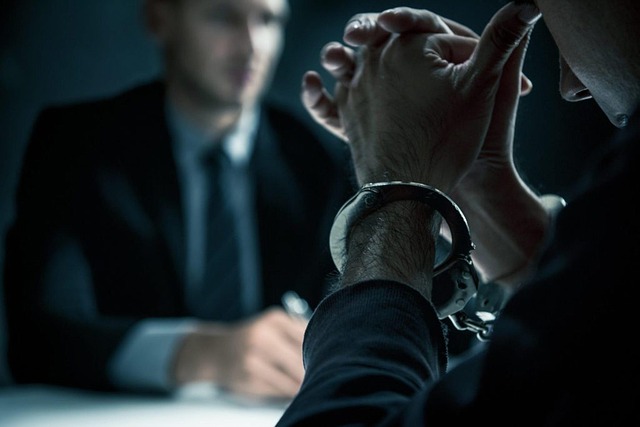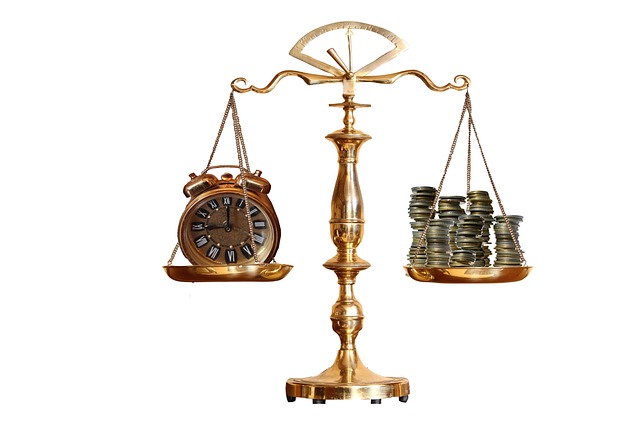Understanding Jury Biases in Criminal Cases explores how personal experiences, demographics, and preconceived notions influence jury decisions, impacting trial outcomes. It emphasizes the need for fair, impartial juries and outlines strategies for attorneys to navigate these biases through transparent jury selection, balanced evidence presentation, and diverse perspectives. By addressing potential prejudices at every stage, legal professionals can ensure more just outcomes in criminal cases.
In the complex landscape of litigation, understanding different types of cases is crucial. This article delves into the intricacies of various litigation types, with a specific focus on Understanding Jury Biases in Criminal Cases. We explore how biases can influence trial outcomes and present strategies to mitigate these influences. Through real-world case studies, we uncover the profound impact of jury biases, offering insights that are both enlightening and essential for legal professionals.
- Understanding Different Types of Litigation
- The Role of Jury Biases in Criminal Cases
- Strategies to Mitigate Jury Bias During Trials
- Case Studies: Real-World Examples of Jury Biases in Action
Understanding Different Types of Litigation

Understanding different types of litigation is crucial for anyone navigating the legal landscape. The process can vary greatly depending on whether a case proceeds to trial or is resolved through alternative methods like mediation or arbitration. In many jurisdictions, civil cases are decided by judges, while criminal cases often involve jury trials. Understanding jury biases in criminal cases is essential as these unconscious prejudices can significantly impact outcomes. Jurors may bring their own experiences and preconceptions into the courtroom, leading to variations in how they interpret evidence and ultimately render verdicts.
Philanthropic and political communities have long recognized the importance of ensuring fair trials. In recent years, there’s been a growing focus on promoting transparency and addressing potential biases during jury selection to achieve winning challenging defense verdicts. Whether it’s through improved juror screening processes or more diverse juries, these efforts aim to uphold the integrity of the justice system and ensure that every party receives a fair hearing.
The Role of Jury Biases in Criminal Cases

Understanding Jury Biases in Criminal Cases
In criminal litigation, jury biases play a significant role, often influencing the outcome of trials. Juries are composed of individuals from diverse backgrounds, each bringing their own experiences and preconceptions to the courtroom. These biases can be subtle but powerful, affecting how they perceive evidence and ultimately deliver verdicts. For instance, racial or ethnic stereotypes can inadvertently impact jurors’ decisions, highlighting the critical need for fair and impartial juries. Ensuring a balanced jury is not just a legal requirement but also a foundational step in achieving extraordinary results in criminal cases, especially when defending against challenging accusations.
The presence of bias doesn’t necessarily mean a trial is unfair; it’s about recognizing and mitigating these influences to maintain the integrity of the justice system. Jurors are instructed to set aside personal biases during deliberations, but the reality is that complete impartiality is hard to achieve. This is where the role of legal professionals becomes philanthropic, guiding juries through complex issues and helping them navigate challenging evidence to win defense verdicts in spite of potential biases.
Strategies to Mitigate Jury Bias During Trials

Understanding Jury Biases in Criminal Cases is paramount for achieving just outcomes. Juries, while designed to be impartial, can subconsciously favor or dismiss evidence based on a variety of factors. To mitigate this, attorneys must employ strategies that focus on transparency and balanced presentation. This includes thorough jury selection processes, where questions are tailored to uncover potential biases related to the case’s specifics, such as those encountered in white-collar defense scenarios.
During trials, presenting diverse perspectives and robust evidence can help challenge preconceived notions. For instance, a compelling winning challenging defense verdicts strategy might involve showcasing the client’s character, highlighting mitigating circumstances, and presenting expert testimony that counters assumptions. By addressing potential biases at every stage of the investigative and enforcement process, attorneys can ensure a fairer trial, increasing the likelihood of successful outcomes for their clients.
Case Studies: Real-World Examples of Jury Biases in Action

Understanding Jury Biases in Criminal Cases is essential for navigating the complexities of the justice system. Real-world examples, or case studies, offer profound insights into how biases can influence jury decisions. These biases are not uncommon and span across various demographics, from race and gender to socio-economic status. For instance, research has shown that individuals accused of white collar and economic crimes often face more severe sentencing compared to those charged with similar offenses but from different social backgrounds. This disparity highlights a potential bias where juries might unconsciously associate certain occupations or communities, like the philanthropic and political, with a higher level of moral culpability.
Moreover, jury selection processes can inadvertently perpetuate biases. In some cases, jurors may hold preconceived notions about specific types of crimes based on media representation or personal experiences. For example, a study examined a mock trial where participants judged an accused based on whether the crime was perceived as “violent” or “non-violent.” The results indicated that even when presented with identical facts, juries tended to favor defendants in “non-violent” cases, revealing a bias against certain types of criminal behavior. Understanding these biases is crucial for effective general criminal defense strategies, ensuring fair trials, and ultimately upholding the integrity of the justice system.
Understanding jury biases in criminal cases is paramount for achieving fair and just outcomes. By recognizing common sources of bias, such as racial, gender, and economic stereotypes, legal professionals can employ strategies to mitigate these influences during trials. Case studies highlight the real-world impact of jury biases, underscoring the need for continuous vigilance and innovative approaches to ensure equality in the justice system. In light of these insights, it’s crucial to continually assess and refine litigation processes, ultimately fostering a more transparent and impartial legal environment.






